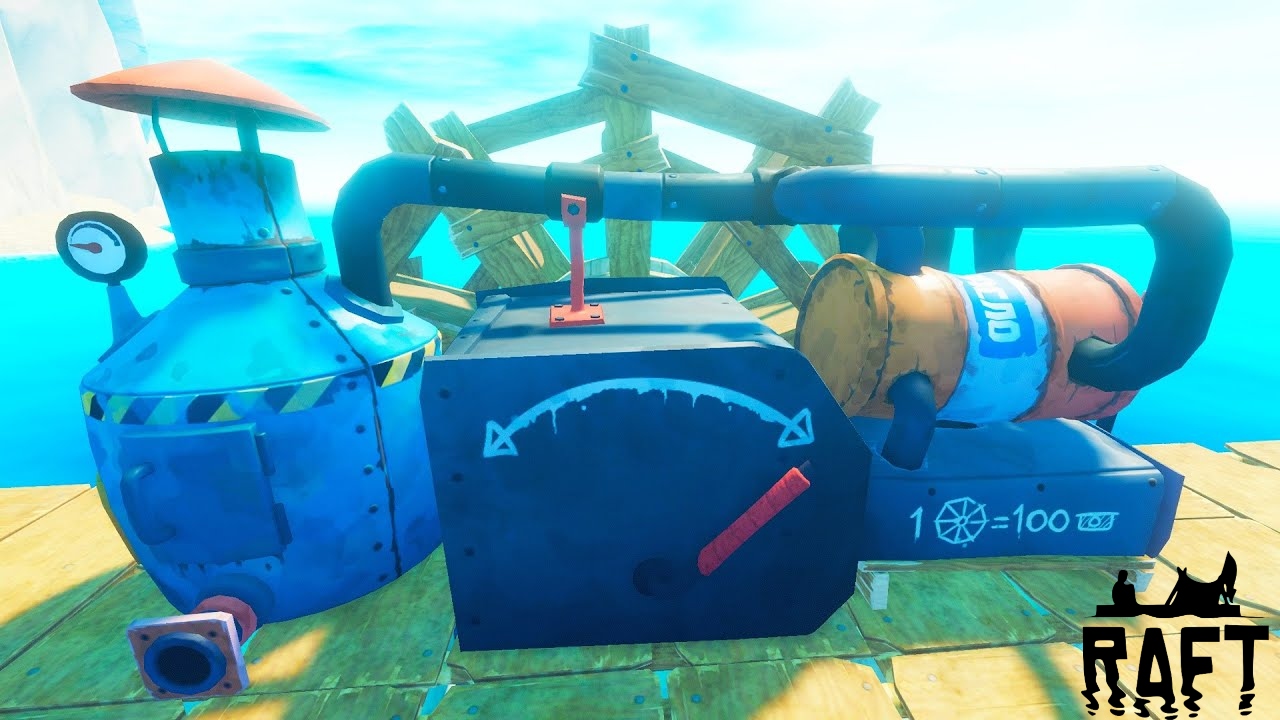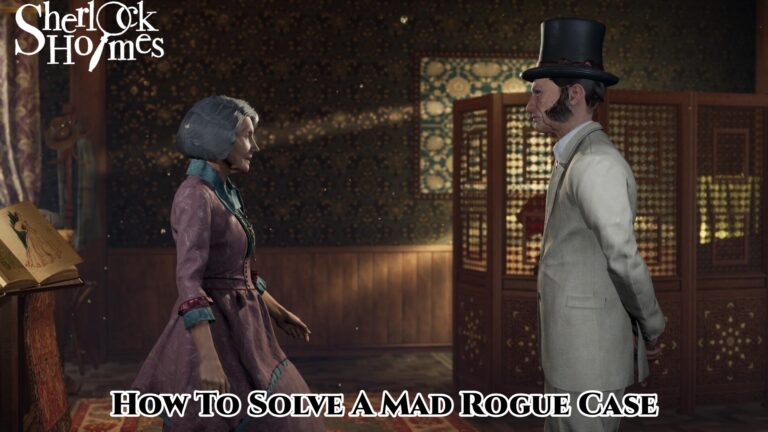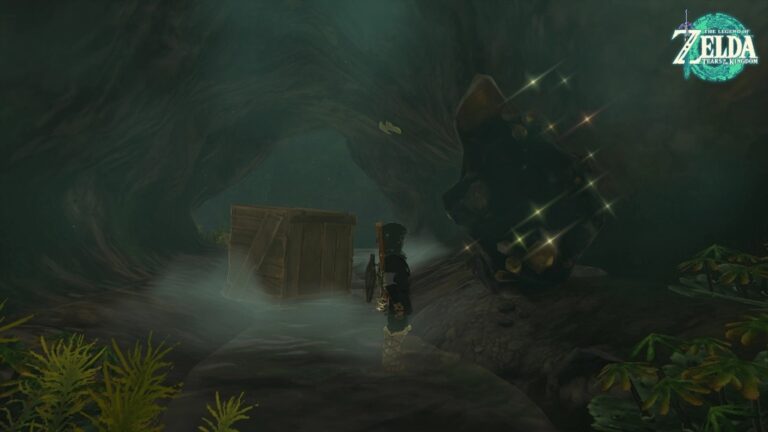How To Place And Use Engine In Raft. The reward for reaching the bridge on the second-story island of Raft (which actually a ship named the Vasagatan) a receiver code for the next location and a set of blueprints for an engine and a steering wheel. Players can finally move their raft against the ocean current by combining these items.
Players of Raft might, however, find themselves perplexed as to where their engines should positioned, why they aren’t turning. Or why they are stuttering and reluctance to propel the raft. The purpose of this manual is to describe how to operate the engine. How to operate the steering wheel, and how many engines a raft would need.
How To Place And Use Engine In Raft
Players must research the engine blueprint from the research table once they obtain it. The only components needed are metal ingots, rope, planks, and a circuit board, so this shouldn’t be challenging.
Players then need to position the engine, which takes up a 3×2 grid. For the engine wheel to fit in the water, one set of the three must be foundations and the other set must be open. The wheel turns sideways like an old steamer ship wheel, therefore players need make sure it is on the side of the raft rather than the back.
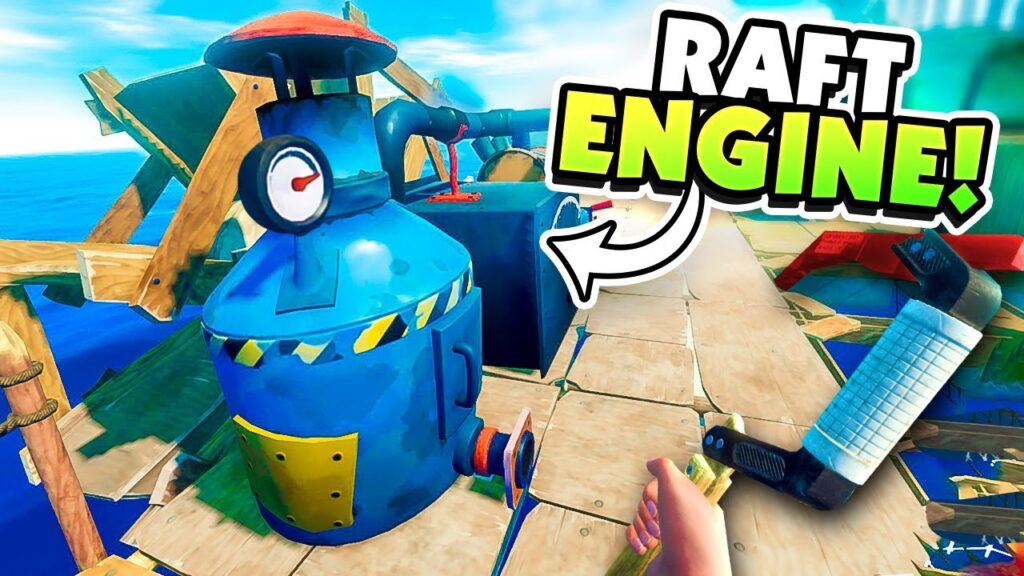
Armor should always used to support the foundations of engines. Any exposed foundation square, including those under the engine, will attacked by the shark. The engine will destroyed if one of the three supporting foundations destroyed. Making a three-square space within the raft for the engine wheel is an alternative. But it risky because the shark has been known to attack internal foundation squares if there’s enough room around them.
Players can interact with their engine at three different locations after they’ve put it. The lever that starts and stops the engine is on the right. A lever that spins the wheel left or right is located in the centre. Players can feed planks into the furnace on the left to run the engine.
Learn More: How To Get Into Desktop Mode In Steam Deck
Engine Fundamentals
The maximum number of boards that each engine can hold is 17, and they go through them quite quickly. To keep their engines fed, players should be sure to maintain plenty of planks on hand and retrieve more from the sea. The biofuel blueprint is on a different story island, therefore the player’s first run must use planks. Engines can also run on biofuel, either added directly or through a central fuelling system.
The calculation written on the right side of the engine should be the last thing players pay attention to. One wheel can, as the saying goes, move 100 foundation blocks. And if the raft is too large, the engine will churn and stumble rather than moving it. Fortunately, the game doesn’t count gathering nets, extra levels, or large machinery; only the foundation bricks counted.
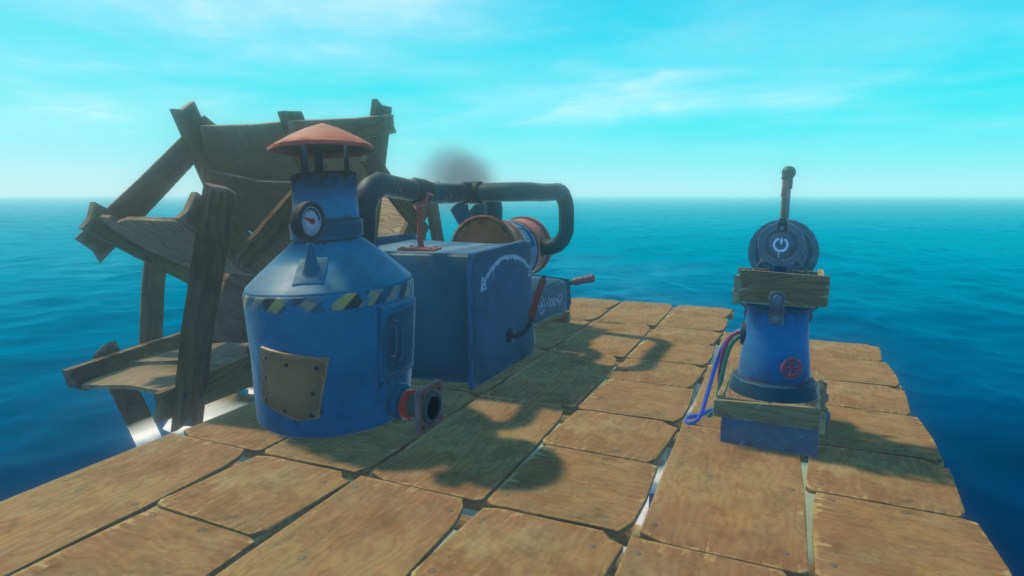
Players will require two engines to move a large raft with between 100 and 200 foundations, three engines for a raft with 201 or more foundations, and so on. A raft of any size propelled by six motors before the game stops counting. Additionally, even a player with a little raft might demand two engines because one engine is insufficient to propel the raft at its top speed.
Even though they don’t burn any gasoline, engines will stutter and grind anytime they can’t move the raft. There are various causes for this to occur:
- For the quantity of engines, the raft is too large.
- The raft moved by two or more motors working in opposition.
- The anchor is in place.
- At least one necessary engine is running on empty.
The Steering Wheel
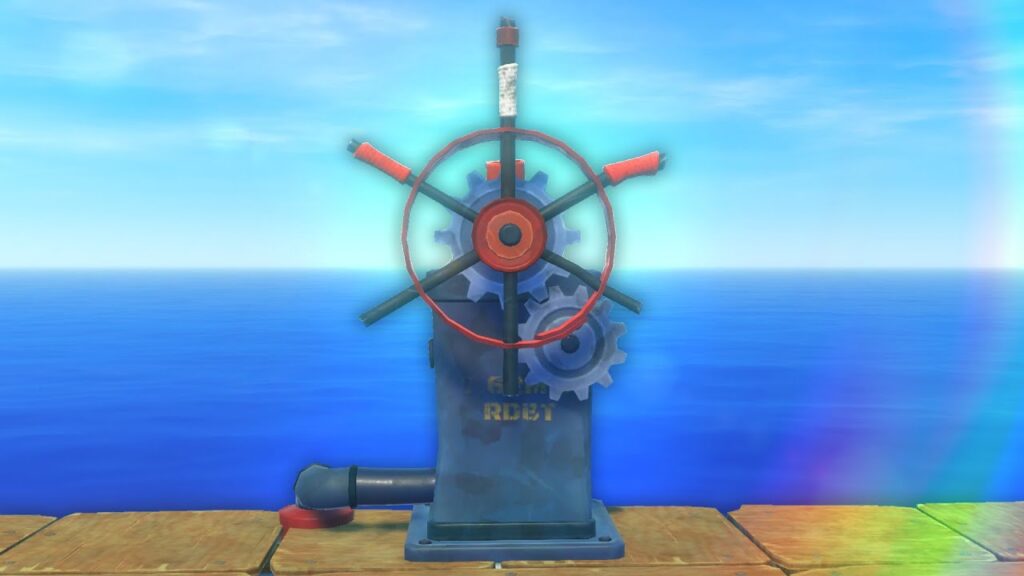
Players will also need to attach a steering wheel in order to fully utilise an engine. Players may finally guide their raft in any direction thanks to the wheel’s connection to a rudder under the raft.
Simply hold down the R key and slide the mouse left or right to turn the raft in that direction. Using a steering wheel is similar to using a sail. The raft direction indicated by the wheel single, sizable spoke, which, although it continues to revolve when players walk away from it. Will stop turning if they pull it almost to the centre.
Players should also keep in mind that even after upgrading to one or more engines, a sail is still useful. A sail does not require burning boards to work, but it cannot replace or increase the speed of an engine. For players who aren’t in a rush or who have run out of planks to burn. This makes it the best option.

